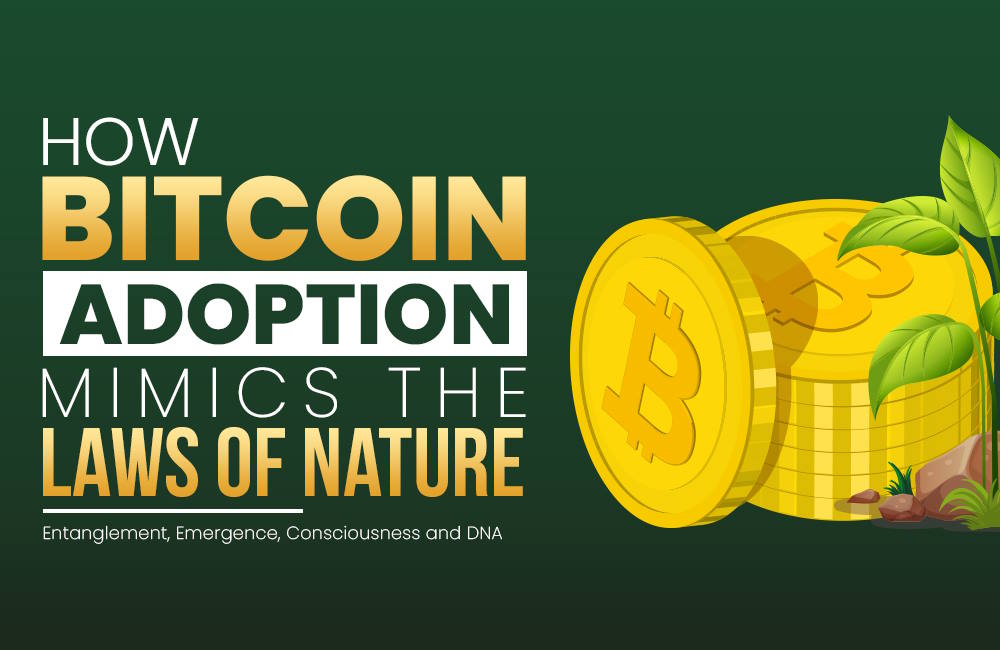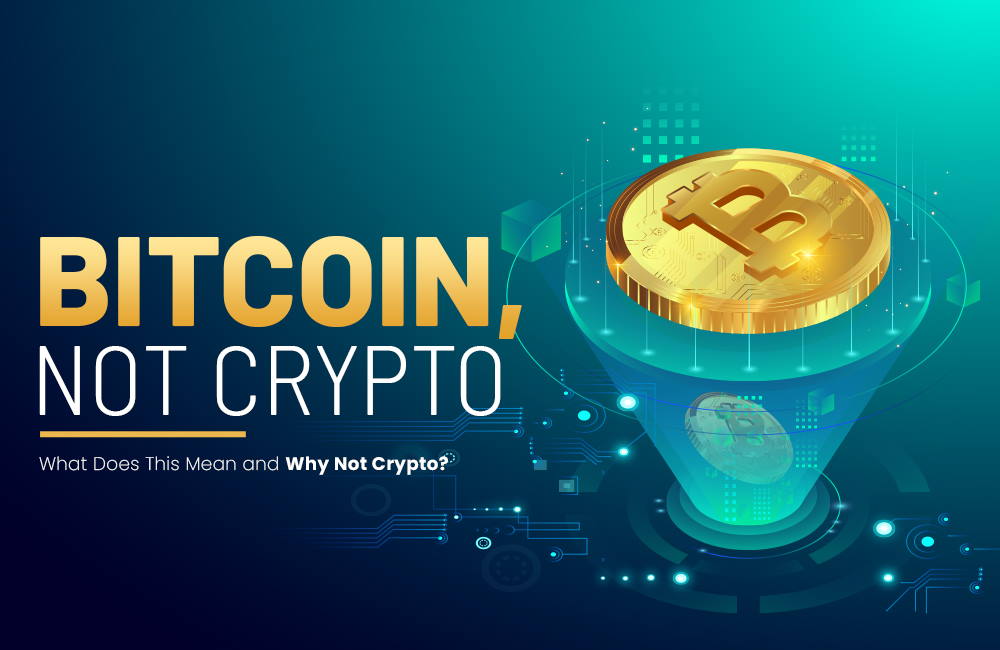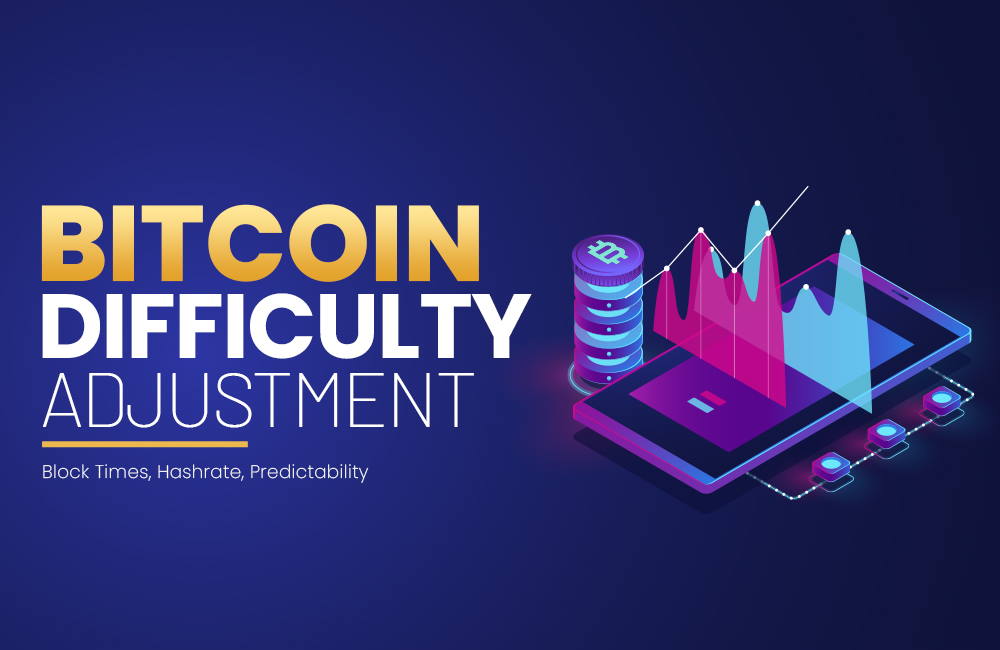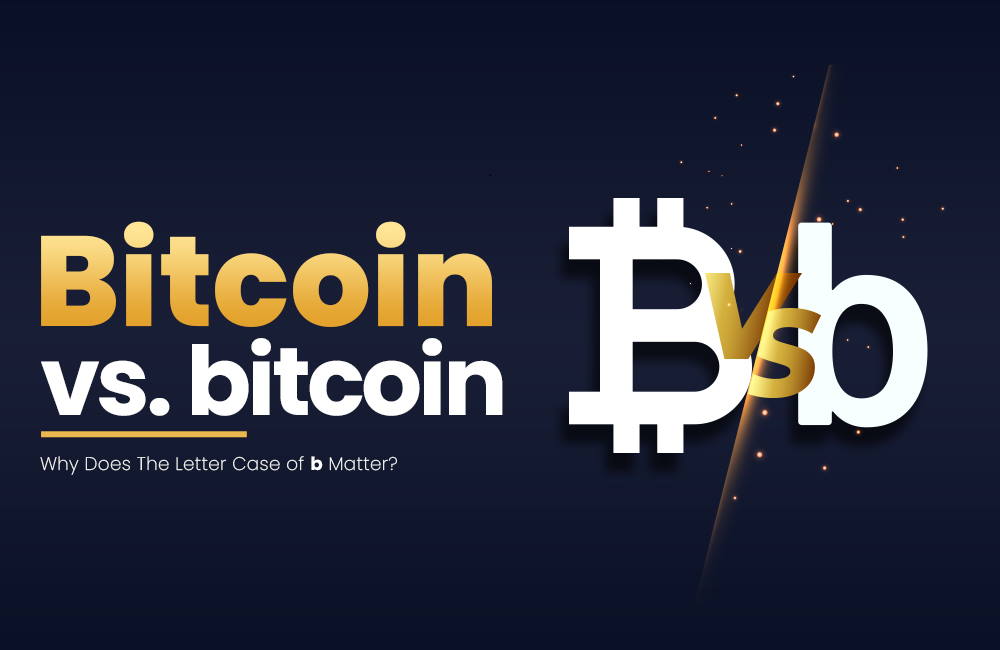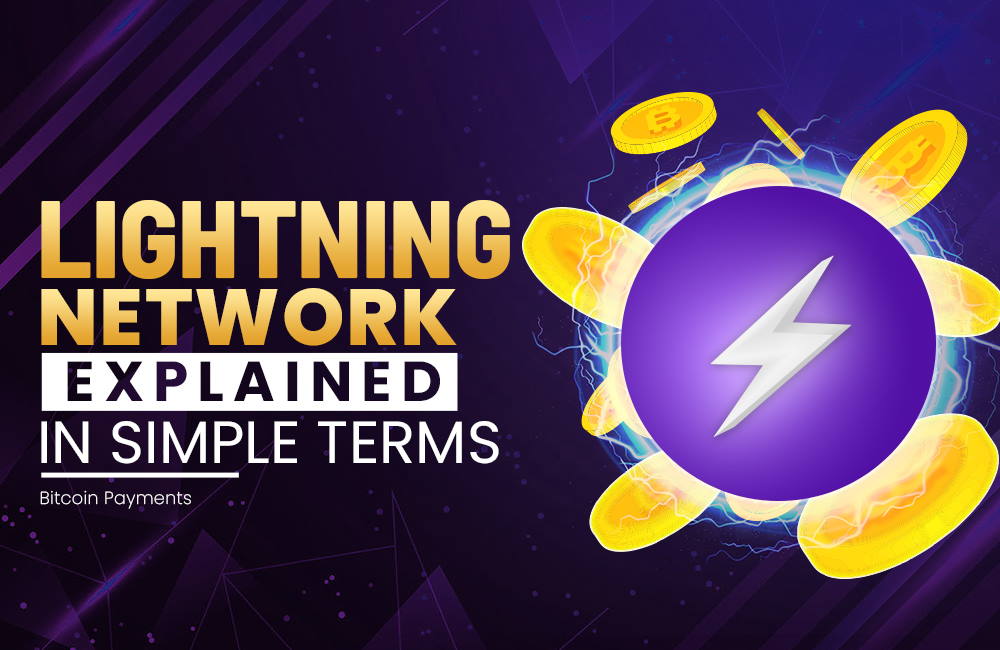
What we're talking about:
Lightning Network Explained in Simple Terms
Spend a short amount of time learning about Bitcoin and you’ll soon hear that it’s not built to scale. This is where further education and exploration comes into play, as there are indeed innovative methods being built that enable bitcoin payments to meet the demands of a global economy.
The Lightning Network is one such example. It’s a tough nut to crack so we’ll take it step by step. Those of you feeling brave enough to dive a little deeper can take a look at the Lightning Network white paper here.
An Alternative Micropayment System
As the internet expands and digital economies continue to emerge, an ever-increasing demand persists for fast and efficient micropayment solutions. These solutions are not without their pitfalls, as rapid, flexible payments come hand in hand with centralized custodianship. This is where Bitcoin’s decentralized, self-sovereign model becomes attractive.
The only problem is that bitcoin cannot be used for paying for your daily transactions; at least not by using its base settlement layer. The user experience is arguably worse than using credit cards, as long confirmation times add to the comparable fee-per-transaction processing structure.
Scaling Bitcoin Payments
Scaling solutions such as the Lightning Network address these issues by providing secondary layers to Bitcoin’s base-layer blockchain. Users typically use Lightning to make small bitcoin payments on a regular basis.
Once their funds are sent “off-chain” to the second layer, users are free to conduct as many transactions as they wish, without needing to pay blockchain miner fees or wait 10 minutes for each individual payment to settle.
The Lightning Procedure
To enable these cheap and fast transactions, bitcoin holders create dedicated Lightning wallets and open up bi-directional payment channels with their regular recipients. Funds are deposited into these channels and each party’s balance will fluctuate up and down, depending on the direction and size of the transactions (note that if there are not enough funds to cover the value of the transaction, the payment cannot go through).
A user may also need to send funds to someone they have no direct channel with. In this case a payment route can usually be found by passing through other connections (just like connecting to a friend of a friend within a social network).
Moving funds to the Lightning Network and back requires two broadcast transactions on the Bitcoin blockchain. The initial opening of the channel secures the funds in a multi-signature wallet, while the closing transaction releases the funds back onto the base-layer blockchain. The eventual amount released could be smaller or larger than the initial deposit, depending on the activity that occurred on the Lightning Network.
The Lightning Network basically works like a pre-paid bar tab. After you’ve had your fun, you take what’s left and go home. Only in this case, the bars are all interconnected.
Advantages Over Bitcoin’s Base-Layer
By removing the requirement for each individual transaction to be confirmed by Bitcoin’s decentralized network of miners, fees can be drastically reduced and bandwidth significantly improved.
On top of these obvious plus points, the Lighting Network also provides users with improved privacy for bitcoin payments as transactions within channels remain anonymous; only the two transfers from and to the base-layer are recorded on the blockchain’s ledger.
Lightning Network Issues
No good solution comes without its challenges and the Lightning Network is no exception. Despite its promising outlook, there are numerous issues that need addressing, such as:
- Connectivity: user wallets need to stay online in order to receive funds.
- Fees: despite the next-to-nothing costs on Lightning, users still need to pay base-layer fees to enter and exit the ecosystem, which can be an economic hurdle for certain users.
- Incentives: routing fees paid to network nodes are relatively small and might not provide enough economic incentive to keep their equipment running 24/7.
- Volatility: unpredictable prices hinder adoption; although in some regions, a drop in Bitcoin’s price can still be more favorable than hyperinflation.
- Congestion: bad actors can congest the network by spamming it with multiple channel state changes, potentially putting the funds of other users at risk.
The Future Looks Bright
The Lightning Network is still very much in development and dealing with its growing pains. Despite being intrinsically linked to the security of Bitcoin’s base layer, certain vulnerabilities are still being identified.
It may be helpful for new users to make a clear distinction between the Bitcoin blockchain’s purpose as a trustworthy store of value for large amounts of capital and Lightning’s complementary function for spending small daily amounts.
With innovative projects like Strike, that leverages Lightning’s transport protocol to settle fiat payments and Taro, which aims to introduce fiat pegged stablecoins into the network, the future looks bright for Lightning adoption and the prospect of scaling bitcoin payments.
What we're talking about:

